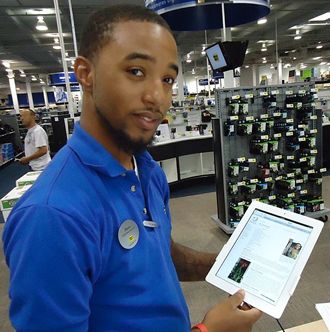 Google commissioned a survey of 2,000 adults – and one in ten said they could accurately guess a colleague’s password. Probably because the most popular passwords are, according to the research, easy guesses.
Google commissioned a survey of 2,000 adults – and one in ten said they could accurately guess a colleague’s password. Probably because the most popular passwords are, according to the research, easy guesses.
Wedding anniversaries, birthdays and kids’ names were all top choices for passwords, while football teams and the word ‘password’ also appeared a fair few times. Indeed – ‘password’ was tenth most popular.
Shockingly, half of web users surveyed admitted to sharing their passwords with other people. Women, the survey found, were more likely than men to share their password, and twice as likely to share it with their children.
But the most chosen password was the name of a pet. Favourite holidays or place of birth were also frequently chosen – the kind of passwords that would also be answers to security questions.
Given that it is often social engineering tricks or the simple human gaffe that leads to compromised security, this is a security nightmare.
“People often leave their information open to online security breaches without even realising it,” director of security for Google Apps, Eran Feigenbaum, told the Telegraph. “Lax attitudes to online security can lead to serious consequences
if strangers access your information.”
Speaking with ChannelEye, security expert Graham Cluley said it’d sadly be no surprise if the research was accurate.
“It never ceases to amaze me how – despite all the high profile hacks and data breaches – people still haven’t learnt the most basic lesson about passwords,” Cluley said. “Of if they have, they’ve decided to ignore it because it’s ‘too difficult’ to remember tricky passwords, let alone different passwords for different websites”.
As with other calls from the UK’s security pundits, companies, consumer action groups, and Cluley himself, he said it’s easy to imagine the positive impact of a public education campaign.
It could explain that “password management software exists, often for free, which will remember all your passwords for you, and generate new, complex passwords so you don’t end up using ‘Tiddles’ over and over again,” Cluley said.
 A survey conducted by YouGov suggests the biggest security threat to business is the enemy within.
A survey conducted by YouGov suggests the biggest security threat to business is the enemy within.


















